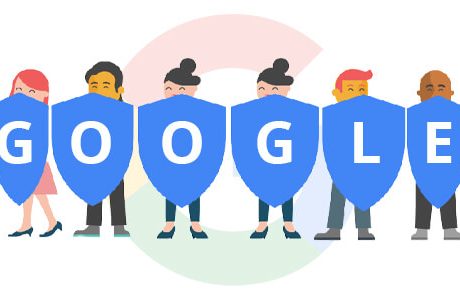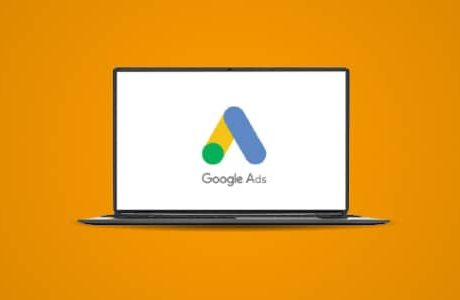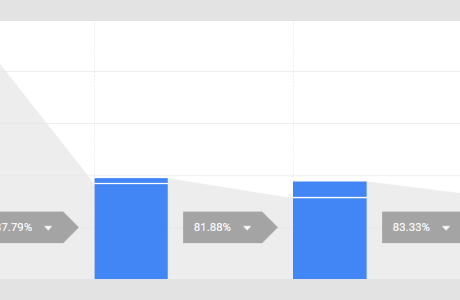Contents
Question: What scope applies to custom metrics?
- User
- Session
- Hit ✓
- Event
Correct Answer: Hit
Detailed Explanation Of “What Scope Applies To Custom Metrics?”
The value of the custom metric is only applied to the hit to which the value was sent. The custom metrics have different scopes, similar to custom dimensions. Therefore, hit-level scope applies to custom metrics.
At the same time, custom metrics and dimensions enable you to join Analytics data with non-Analytics data. Example – CRM data. According to Google, hit level custom metrics get associated with all the hit level dimensions with which they were sent.
Actually, custom metrics are used to measure and segment differences between levels in games, authors of pages, logged-in and logged-out users, and any other business data you have on a page.
About Custom Metrics
Custom metrics are the same as Monitoring’s built-in metrics, except:
- You can remove your custom metrics
- You can write time-series data to your custom metrics
- Custom metrics typically start custom.googleapis.com/ and this vary from the built-in metrics
- You can build custom metrics within your Google Cloud projects.
How To Create & Use Custom Metrics?
Custom metrics are a strong way to custom data to Google Analytics. Now, let’s discuss how to create and use custom metrics.
- Reading metrics describes how to retrieve time series data from built-in and custom metrics using the Monitoring API.
- Browsing metrics describe how to examine and list and more than 1.500 built-in metrics.
- Creating custom metrics explains how to use the Cloud Monitoring API to add time-series data and create custom metrics to them.
- Custom metrics with OpenCensus explain how to use OpenCensus, an open-source tracing, and monitoring to create custom metrics and export them to Cloud Monitoring.
The Final Thoughts
Hit is the answer to your question “What scope applies to custom metrics?” and there are various for the same that is described above. Besides, if you have any queries for the same, comment on them in the comment section below.























